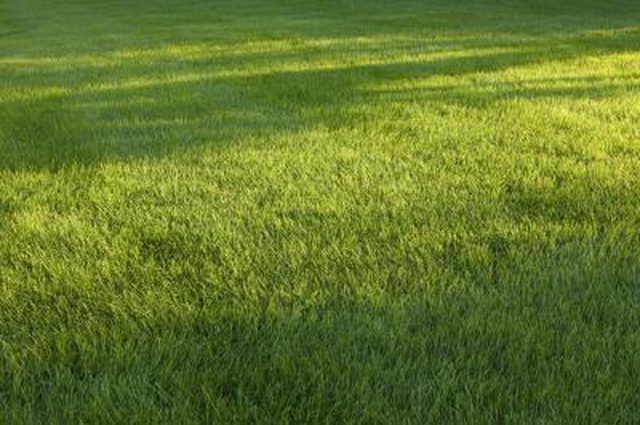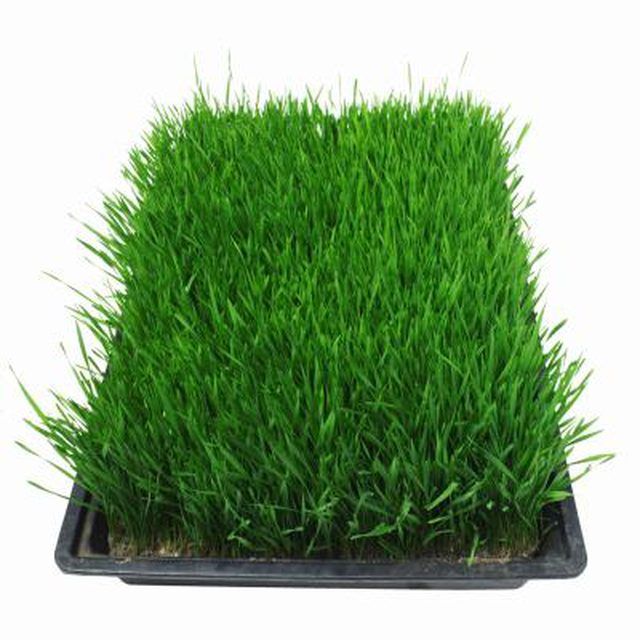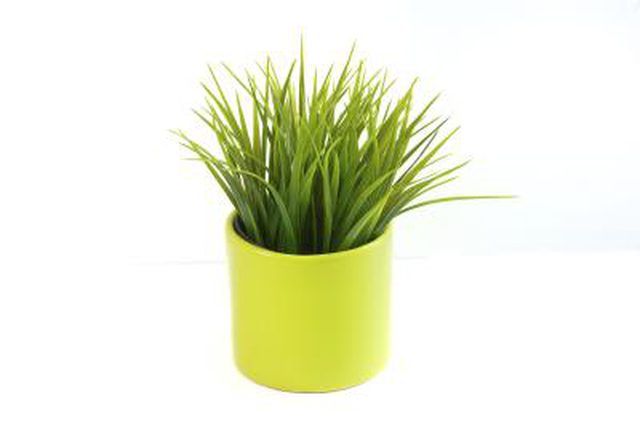Bulbs
Flower Basics
Flower Beds & Specialty Gardens
Flower Garden
Garden Furniture
Garden Gnomes
Garden Seeds
Garden Sheds
Garden Statues
Garden Tools & Supplies
Gardening Basics
Green & Organic
Groundcovers & Vines
Growing Annuals
Growing Basil
Growing Beans
Growing Berries
Growing Blueberries
Growing Cactus
Growing Corn
Growing Cotton
Growing Edibles
Growing Flowers
Growing Garlic
Growing Grapes
Growing Grass
Growing Herbs
Growing Jasmine
Growing Mint
Growing Mushrooms
Orchids
Growing Peanuts
Growing Perennials
Growing Plants
Growing Rosemary
Growing Roses
Growing Strawberries
Growing Sunflowers
Growing Thyme
Growing Tomatoes
Growing Tulips
Growing Vegetables
Herb Basics
Herb Garden
Indoor Growing
Landscaping Basics
Landscaping Patios
Landscaping Plants
Landscaping Shrubs
Landscaping Trees
Landscaping Walks & Pathways
Lawn Basics
Lawn Maintenance
Lawn Mowers
Lawn Ornaments
Lawn Planting
Lawn Tools
Outdoor Growing
Overall Landscape Planning
Pests, Weeds & Problems
Plant Basics
Rock Garden
Rose Garden
Shrubs
Soil
Specialty Gardens
Trees
Vegetable Garden
Yard Maintenance
How Much Grass Seed Will I Need Per Square Foot?
How Much Grass Seed Will I Need Per Square Foot?. One of the benefits of growing grass from seed is the choice available. Homeowners may choose grass seed based on the amount of sun and shade their yard receives, as well as the amount of traffic. Homeowners should consider their needs and growing conditions when selecting a grass type.
One of the benefits of growing grass from seed is the choice available. Homeowners may choose grass seed based on the amount of sun and shade their yard receives, as well as the amount of traffic. Homeowners should consider their needs and growing conditions when selecting a grass type.

In general, the larger the seed, the more you'll need, but seeding rates vary by type. To determine the amount of seed you'll need per square foot, consider the grass type. Kentucky bluegrass requires 1 to 2 lbs. of seed per 1,000 square feet. Perennial ryegrass and tall fescue requires 5 to 9 lbs. of seed; fine fescue requires 3 to 5 lbs. of seed.

Excessive seeding, according to Cornell University, provides no benefits and causes grass seed to compete for water and nutrients. "Seeding at the correct rate or slightly lower encourages lateral spreading of the grass plants."

When renovating bare patches, determine the amount of square footage by measuring the width and length of the patch and multiplying it to find the square footage. Mix 1 part seed with 3 parts soil in a bucket, advises Cornell University, and spread evenly on the patch to ensure good coverage.
